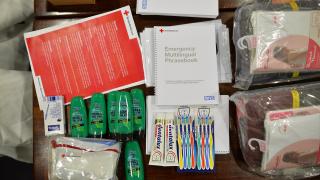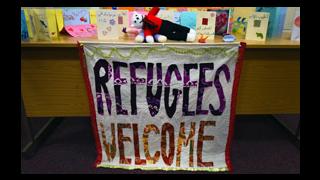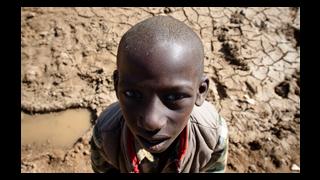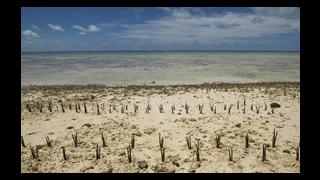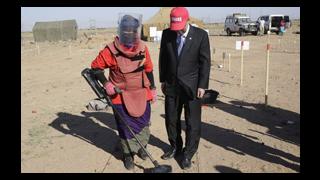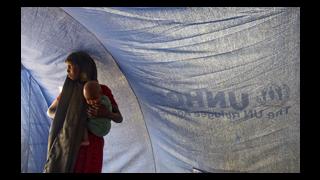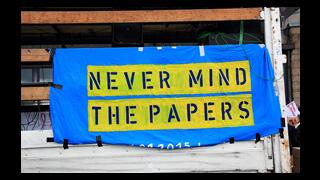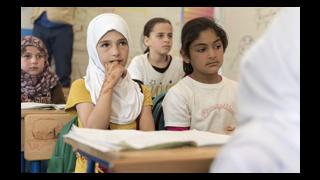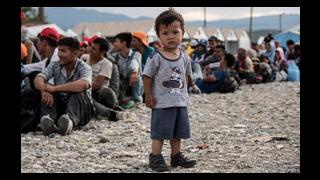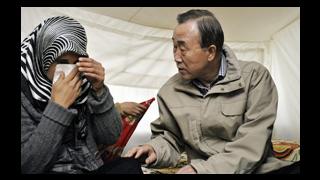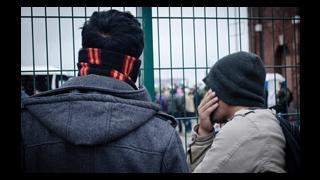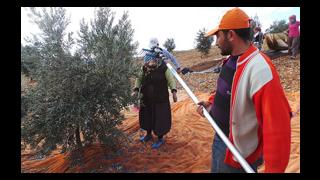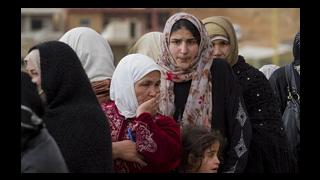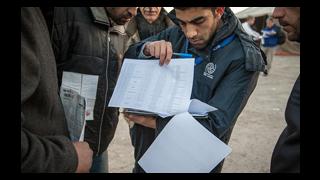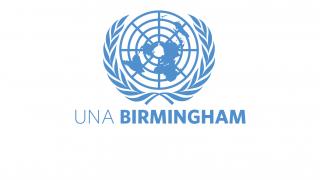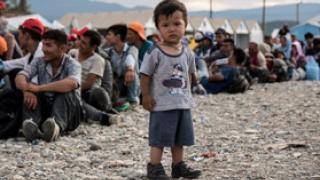
Felicity Halstead is Intern Administrator at the Social Mobility Foundation and former Policy Volunteer Intern at UNA-UK
Of almost 900,000 refugees and migrants who crossed the Mediterranean to Europe in 2015, more than one in five was a child. 85,482 were unaccompanied and separated children (UASCs) who went on to make asylum applications in the EU.
In 2016, it is expected that more people than ever before will leave what remains of their homes in war-torn parts of the Middle East and Africa to seek sanctuary in Europe, however perilous the journey. As that number grows, so too does the number of children who are swept up in waves of migration, having lost or been separated from their families by conflict, poverty and chaos.
While the law recognises that unaccompanied children are especially vulnerable, the system does not always do the same. More than 10,000 UASCs have disappeared since entering the EU, many of whom are feared to have been targeted by human traffickers. Adolescents are particularly susceptible to manipulation by criminal gangs, who profit from disorder and overcrowding in asylum centres across the continent, targeting those of similar ethnic backgrounds to themselves. By playing on shared culture and language, traffickers groom refugee children, taking advantage of their lack of confidence in the asylum system to lure them into servitude and sexual exploitation.
Not only are national authorities either unable or unwilling to prosecute these crimes on the scale at which they occur, but their flawed attitude to adolescent minors seeking asylum exacerbates the problem.
For many reasons, children entering the EU alone often cannot prove their age. Consequently, they are systematically viewed with suspicion and treated as adults while going through traumatic and longwinded processes to establish their rights as children. We are fixated on immigration status over human rights, such that child victims of trafficking have their asylum applications and the crimes with which they are associated scrutinised ahead of the fact that they are victims and children.
The law is clear. Where there is any reason to believe that a person may be younger than 18, they are entitled to be treated as such until it is proved otherwise. While these rights are dictated by EU directives and the UN Convention on the Rights of the Child, the volume of refugee children, the political and financial pressures of dealing with the crisis and the willingness of criminals to take advantage of the vulnerable create the perfect storm. As we inch closer to summer, the number of people making the journey to Europe grows by the day. The time to take action is now.
International agreements regulating the movement of people in Europe set out conflicting positions. While Dublin requires that asylum is applied for in the country of entry to the EU, Schengen allows for borders to be crossed without papers being checked, making it harder to prove where the initial point of entry was. This has led to calls to abandon Schengen as many, including Yvette Cooper, have concerns that there is a human cost to mainland Europe’s open borders arrangement. Passport-free movement allows vulnerable people to be transported across borders quickly and quietly, facilitating human trafficking and likely contributing to the disappearance of many of those 10,000 missing children.
As with the refugee crisis at large, the vulnerability of child refugees to trafficking is a symptom of the bigger problem. Until stabilisation returns to their countries of origin, refugees will keep coming and children will continue to be among them. Action needs to be taken now to dismantle the web of criminal activity behind the trafficking of people into and across Europe, while resources must be invested into safeguarding and providing appropriate facilities for children.
More than 700,000 people cross Schengen borders on their daily commute, meaning that permanently abandoning the principle of free movement is not a politically or logistically feasible solution. Instead, we should devote pan-European resources to strengthening external borders, ensuring that all entries to Europe are properly processed and that the most vulnerable people are identified. We must also consider a more sensible attitude to family reunification applications and to the redistribution of asylum applicants across the continent. It will likely be many months, if not years, before the flow of refugees to Europe is stemmed. The thousands of children vulnerable to trafficking and exploitation cannot afford to wait that long.
Photo credit: Mopaw Foundation

